Can SiC SoA rating be extrapolated for faster pulse widths?
No it can't. I've recently fallen foul of this using a Genesic 1200 volt SiC MOSFET and, well, darn me, but the device failed and I had to eat humble pie and recognize that I had done what you might be thinking of doing. I don't make many mistakes and, the unit was a prototype (so no great loss) but, a big red face: -

The clue should have been in the price and I ended-up going with an ON semi SiC MOSFET and boy, does that device deliver the goods (at three times the price but who cares if it does the job and doesn't squirm on fast heavy-duty pulses).
To punish myself for my indiscretion I wrote out the full version of RTFD 1,000 times on paper.
The clues in your data sheet are these: -

- Maximum stated power dissipation is 427 watts and this ties in fairly nicely with the 100 ms graph constant power slope (450 watts)
- Why wouldn't a manufacturer provide information at power ratings above 10 kW if the device is capable of higher peak powers?
After my equivalent exercise I was left wondering what target market area is serviced by these types of SiC MOSFET because anyone designed a power switching circuit will default to thinking about 100 kHz switching frequencies. My conclusion is that someone somewhere must be using them for something but it can't be a mainstream application.


